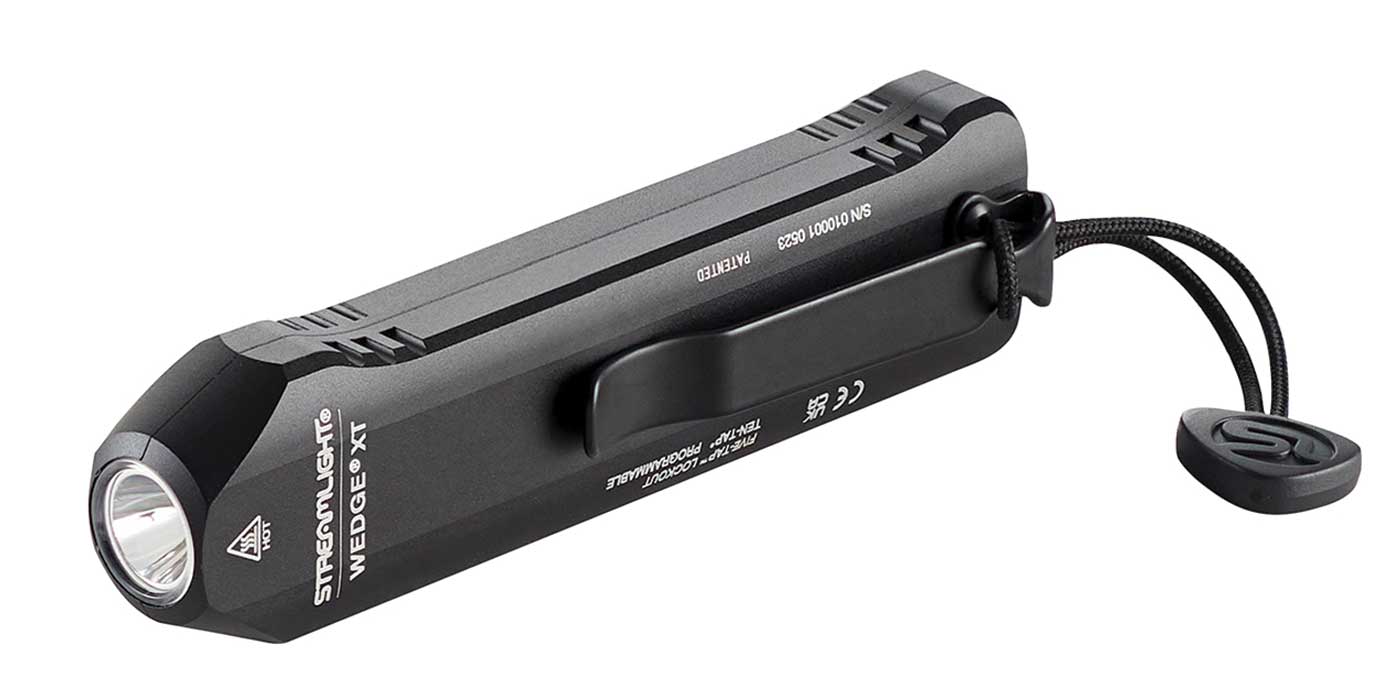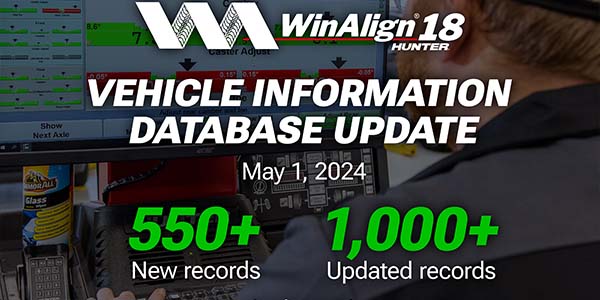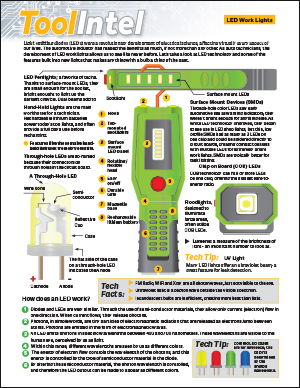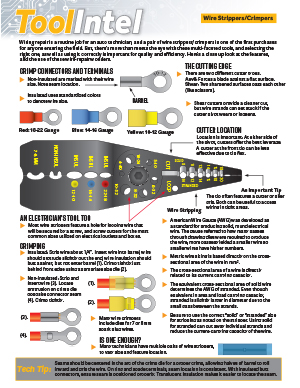By Steve LaFerre
Senior Editor
TIRE REVIEW Magazine
Bias. Everyone, whether it is politics, labor, religion, food, whatever, has a bias.
Mine is government overregulation in the name of safety. It is with that built-in opinion that I will attempt to explain what tiremakers, TPMS tool manufacturers and sensor makers want you to know about tire rotation and TPMS.
The other day my left rear tire went down in an instant thanks to a catastrophic failure inflicted by an unexpected road hazard. Something that looked like it came from a Mad Max movie met my poor tire at speed. But my direct TPMS did not give me its designed audible alarm, and while I could feel something was amiss, I did not know my tire was airless.
In just a few minutes, my mini-spare was mounted and I was on my way to a trusted independent tire dealer for a brand new radial. What help was provided by my TPMS unit? None in this case. And worse yet, my TPMS often sounds three chimes for no particular reason – at least none that I can discern – which always scares the heck out of me.
When those blasted chimes do sound, I pull off the road and check the inflation pressure in all four tires only to learn that each is inflated properly.
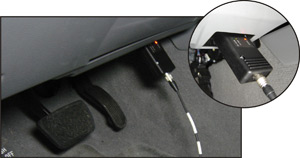 What good can possibly come from a TPMS system that regularly issues false positives? Thinking back, didn’t NHTSA say that setting the warning level at the safer 20% level could cause false alarms that would cause drivers to disregard the TPMS? My TPMS – and I suspect many other drivers’ units – seem to have a technical poltergeist.
What good can possibly come from a TPMS system that regularly issues false positives? Thinking back, didn’t NHTSA say that setting the warning level at the safer 20% level could cause false alarms that would cause drivers to disregard the TPMS? My TPMS – and I suspect many other drivers’ units – seem to have a technical poltergeist.
Balky TPMS or not, tire rotation with this system remains a headache. Certainly TPMS diagnostic/reset tool makers have done a good job putting useful products out there, and TIA and Mitchell1 have generated solid up-to-date training and data every tech needs.
Although major tire companies are willing to show you proper tire rotation, it seems none of them are willing to talk to you about what to do when TPMS sensors are rotated around the vehicle. Online forums covering virtually every vehicle readily offer advice that is often so contradictory it’s impossible to tell fact from guess.
Some say, for instance, that there is no TPMS sensor in a particular vehicle’s spare tire, while others say there is. Some suggest a rotation changes the sensor’s “address” (its position on the vehicle), necessitating a re-learn procedure, while others disagree.
Bartec USA appears to have a good handle on what’s going on, along with several TPMS tool makers like KTI, ATEQ, OTC, Schrader-Bridgeport, and others. According to Bartec, its TPMS tools can easily be reprogrammed and updated through its website (bartecusa.com) and you can get TPMS tools that work with model year 2008 TPMS units.
Says Bartec, “Every time you need to rotate a customer’s tires or replace a faulty sensor, the ECU needs to be reprogrammed with a new ID and the position of the rotated tire and its TPMS sensor.” To me, this is simple common sense.
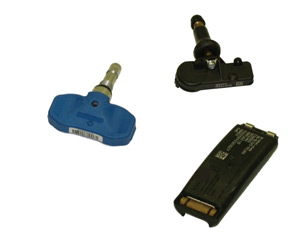 Here’s some more common sense, this time from the Tire Rack, always a good source. When you ask the Rack how to reset a TPMS system, the first response is to determine the make/model of vehicle involved.
Here’s some more common sense, this time from the Tire Rack, always a good source. When you ask the Rack how to reset a TPMS system, the first response is to determine the make/model of vehicle involved.
“For example, a 2006 BMW M3 uses an indirect TPMS so it has one simple reset button. Once the tires are set to the correct pressure, the vehicle’s engine can be started and then the reset button must be pushed for no longer than eight seconds. When the warning light turns off, the vehicle can be driven normally and the system will calibrate itself.”
Thanks for that, but not all indirect systems are alike. A Buick Rendevous must be driven at several specific speed ranges, including 74.5 mph-plus for 10 to 20 continuous minutes in a straight line, and only after pressing multiple buttons and turning the ignition key on and off a few times.
After receiving your speeding ticket, you can return the vehicle to your dealership and decipher how to register new sensors with a direct system.
Thankfully many vehicles are coming out with auto-learn systems or at least have an initialization procedure that can be completed at a tire shop or in the consumer’s driveway with minimal tools. On some level, TPMS and their sensors are starting to become more friendly.
Some systems that display the pressure of each wheel location require a sensor re-learn procedure to be done after the tires have been rotated to a different corner of the vehicle. Yet others use antennas in the vehicle’s wheel well to see where the old wheel moved. Are you comfortable with this? I’m not, especially when some sensor prices are moving in at $200.
Seeking Information
Perhaps the biggest headache in sorting out the TPMS-rotation relationship is that TPMS units are not consistent – in type or performance.
More from the Tire Rack: “If a sensor with an ID code of 1234567 was at the left-rear location, but after rotation the left-front TPMS antenna is reading that same 1234567 code, then the system will update its TPMS display to correctly show the wheels and the tire pressure at the new location. Still, you might want to consult your 2007 Mitchell1 TPMS Guide for a specific answer concerning a TPMS-equipped vehicle.”
Makes me just a bit shaky.
How about another curve ball? The owner of a 2008 Honda Accord EX-L reports this: “One morning when the ambient temperature was 11 degrees F, my TPMS malfunctioned. Even though my tires were all properly inflated, the system said one was not. Driving my car on the highway for 20 minutes at 70 mph didn’t remedy the problem so I thought it was a bad sensor. The problem corrected itself later that night when the temperature outside rose to 29 degrees F.”
Taking stock of what to do with tire rotation and TPMS units is a puzzle. Some say no retraining of the sensor is required while others do not. Some vehicles must have their sensors registered at the new car dealership while others have a stamp on the wheel indicating that a sensor “may” be located inside the tire/wheel assembly. Some vehicles are equipped with direct systems, others indirect systems, and each with their own unique personalities.
Much of what is stated in online forums is unscientific and based on what some consumers think they know or have passed along second-hand. I am sure, at the same time, many of you have obtained some TPMS information likewise.
The questions are serious, and we know we can’t count on NHTSA to help sort this all out. It was NHTSA, after all, that poo-poo’d standardizing TPMS sensors, preferring to let the market determine the best option. The problem with that is by the time the market anoints one system, we’ll all be tired and confused by the ones on the road today.
Take a minute to review the procedures required to retrain a sensor. Get information from several sources and then ask yourself if all this balderdash is really necessary. The only advice I can offer regarding rotations and TPMS is to find out what the vehicle maker says, check with tool makers and invest in training.
That said, the top reprogramming tool makers are doing their best to stay ahead of the curve. They deserve the credit for providing some sense of sanity to the entire subject of TPMS systems. Step-by-step, using their diagnostic equipment, they will instruct you on how to retrain a sensor when a tire is rotated or replaced, and for that we should offer our unbiased thanks.



